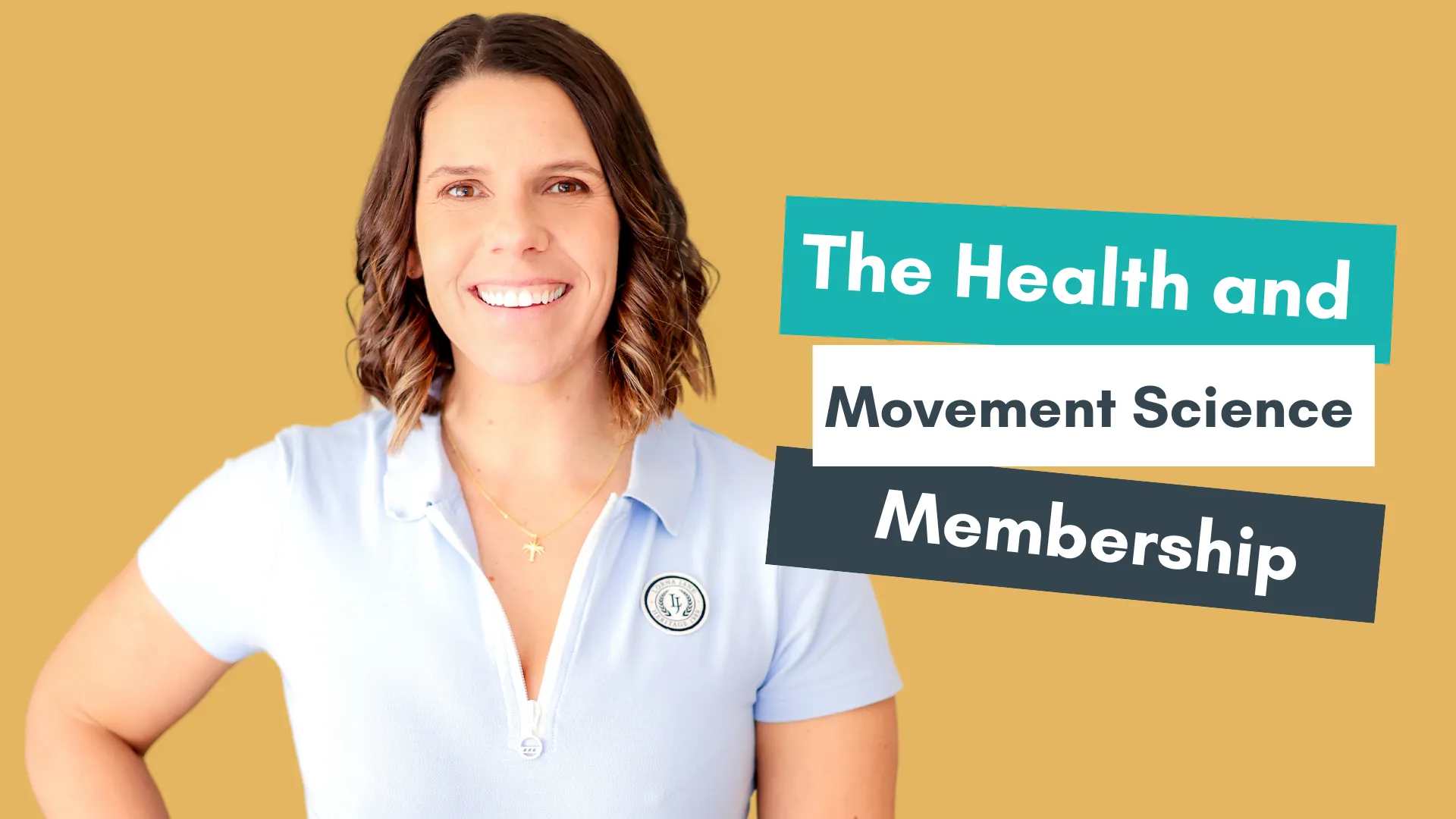What factors influence movement and performance?
Content Point Five
Explain the immediate physiological responses to training, heart rate, ventilation rate, stroke volume, cardiac output and lactate levels
NESA Glossary of Key Words:
Explain - Relate cause and effect; make the relationships between things evident;
provide why and/or how.
Physiological Responses to Training

What factors influence movement and performance?
Content Point Five
Explain the immediate physiological responses to training, heart rate, ventilation rate, stroke volume, cardiac output and lactate levels
NESA Glossary of Key Words:
Explain - Relate cause and effect; make the relationships between things evident;
provide why and/or how.
Heart Rate (HR)

What factors influence movement and performance?
Content Point Five
Explain the immediate physiological responses to training, heart rate, ventilation rate, stroke volume, cardiac output and lactate levels
NESA Glossary of Key Words:
Explain - Relate cause and effect; make the relationships between things evident;
provide why and/or how.
Stroke Volume (SV)

Sources:
C A Vella and R A Robergs. “A review of the stroke volume response to upright exercise in healthy subjects” British Journal of Sports Medicine 2005; 39 688-688.
Stella S. Vieira et al. “Does Stroke Volume Increase During an Incremental Exercise? A Systematic Review” Open Cardiovasc Medical Journal. 2016; 10: 57–63.
What factors influence movement and performance?
Content Point Five
Explain the immediate physiological responses to training, heart rate, ventilation rate, stroke volume, cardiac output and lactate levels
NESA Glossary of Key Words:
Explain - Relate cause and effect; make the relationships between things evident;
provide why and/or how.
Cardiac Output (CO)


What factors influence movement and performance?
Content Point Five
Explain the immediate physiological responses to training, heart rate, ventilation rate, stroke volume, cardiac output and lactate levels
NESA Glossary of Key Words:
Explain - Relate cause and effect; make the relationships between things evident;
provide why and/or how.
Ventilation Rate (VR)

What factors influence movement and performance?
Content Point Five
Explain the immediate physiological responses to training, heart rate, ventilation rate, stroke volume, cardiac output and lactate levels
NESA Glossary of Key Words:
Explain - Relate cause and effect; make the relationships between things evident;
provide why and/or how.
Lactate Levels

Lactate Levels During Aerobic vs. Anaerobic Workouts

Learning Activities
1. Research the below questions and then present findings, creating a comprehensive overview of different heart rate zones.
- Define the various heart rate zone in terms of beats per minute (BPM) and percentage of maximum heart rate (HRmax).
- Identify typical exercises or activities that correspond to their assigned heart rate zone.
- Discuss the physiological adaptations and benefits associated with training in their assigned zone.
2. Explain what happens to stroke volume in response to exercise.
Consider the intensity, duration and frequency of the exercise.
3. Research why there are differences in cardiac output for trained versus untrained athletes.
4. What is the lactate threshold or lactate inflection point (LIP) and how does this relate to exercise and exercise-related fatigue?
5. Investigate the role of aerobic and anaerobic metabolism in influencing breathing patterns during different types of exercise. Use the far column to add your own type of exercise and provide examples.
Revision Questions
1. Describe the immediate physiological responses to training.
2. What are the benefits of having a higher stroke volume and therefore a higher cardiac output when working at a moderate to vigorous level ?
(e.g. running a half marathon which is 21.1km)
3. Analyse how heart rate is affected by the intensity of physical activity.
4. Explain the difference in stroke volume between untrained and trained athletes.
5. Account for the differences in cardiac output for trained versus untrained athletes.
6. How do ventilation rates change with higher exercise intensities to meet oxygen demands?
7. Explain the relationship between exercise and lactate.
8. Explain the physiological responses that occur during a 20-minute continuous aerobic training session.
Sample Answers
Sample answers coming soon.



